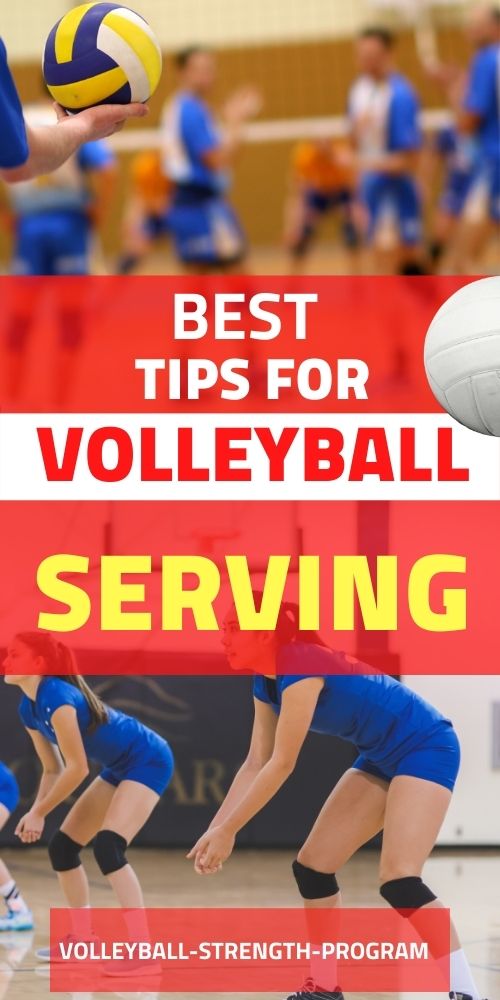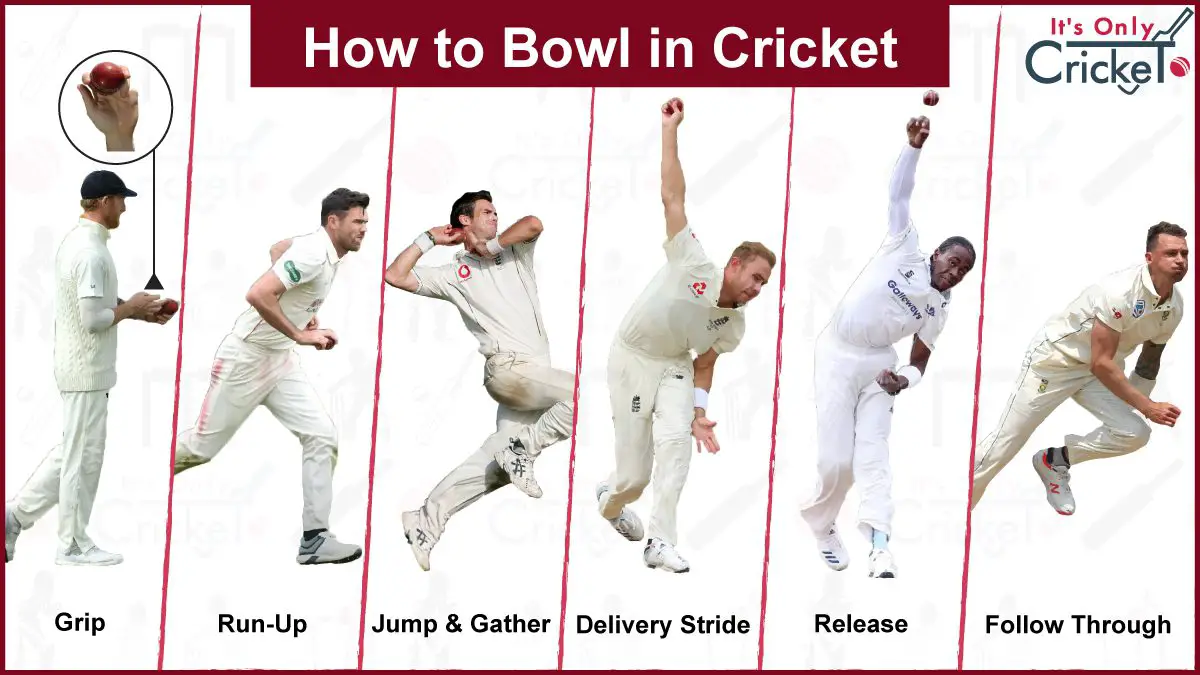
Volleyball Serving: A Beginner’s Guide to Mastering the Fundamentals
Volleyball is a dynamic and exciting sport that demands a diverse skillset. While spiking and setting often steal the spotlight, the serve is the only aspect of the game entirely under one player’s control. A powerful and consistent serve can disrupt the opposing team’s rhythm, leading to points and ultimately, victory. For beginners, mastering the serve can feel daunting, but with consistent practice and the right techniques, you can develop a reliable and effective serve that contributes significantly to your team’s success. This comprehensive guide will break down the fundamentals of volleyball serving, providing practical tips and drills to help you improve your skills.
Understanding the Serve’s Importance:
Before delving into the techniques, it’s crucial to understand the strategic significance of a good serve. A strong serve can:
- Score points directly: An ace (a serve that isn’t touched by the opposing team and lands in bounds) is an immediate point for your team, a significant advantage in any game.
- Disrupt the opponent’s reception: Even if not an ace, a well-placed serve can force the receiving team to make a poor pass, setting up your team for an easier attack.
- Set the tone of the game: A consistent and powerful serve can put psychological pressure on the opposing team, impacting their confidence and performance.
- Initiate offensive opportunities: A well-executed serve can create scoring chances for your team by disrupting the opponent’s rhythm and positioning.
Types of Serves for Beginners:
While advanced players utilize various sophisticated serving techniques, beginners should focus on mastering a few fundamental serves before moving on to more complex variations. The most common and beginner-friendly serves are:
- Underhand Serve: This is the easiest serve to learn. It emphasizes consistency over power, making it ideal for developing proper technique and building confidence.
- Overhand Serve: This serve allows for more power and trajectory control. It’s a crucial step towards more advanced serves but requires more practice and coordination.
Mastering the Underhand Serve:
The underhand serve, while seemingly simple, requires proper technique for accuracy and consistency. Here’s a step-by-step guide:
- Stance and Grip: Stand sideways to the net, feet shoulder-width apart, with your non-dominant foot slightly ahead. Hold the ball in your non-dominant hand, slightly below waist level. Use a relaxed, comfortable grip.
- The Toss: Toss the ball slightly in front of your body, aiming for a consistent height and distance. Practice your toss until it becomes natural and reliable.
- The Swing: Swing your dominant arm in a pendulum-like motion, making contact with the ball below your waist. Keep your swing smooth and controlled, focusing on accuracy rather than power.
- Contact Point: Aim to strike the ball firmly in the center, using the flat part of your hand. A solid contact ensures a straighter trajectory.
- Follow-Through: After striking the ball, continue your swing motion, finishing with your arm extended forward. This helps generate more power and control.
Tips for Improving Your Underhand Serve:
- Practice your toss: A consistent toss is the foundation of a consistent serve. Spend extra time perfecting your toss before moving on to the swing.
- Focus on accuracy: Aim for a specific spot on the court initially, rather than trying to hit the ball as hard as possible.
- Use your legs: Generate power from your legs by pushing off the ground as you swing your arm.
- Maintain a relaxed grip: A tight grip will reduce accuracy and power.
- Practice regularly: Consistent practice is key to mastering any skill, and the underhand serve is no exception.
Transitioning to the Overhand Serve:
Once you’ve developed a consistent underhand serve, you can start practicing the overhand serve. This serve allows for greater power and precision, crucial for higher-level play.
- Stance and Grip: Similar to the underhand serve, stand sideways to the net, but your stance can be slightly more open. Hold the ball in your non-dominant hand, slightly in front of your body. Use a relaxed grip.
- The Toss: Toss the ball slightly higher than with the underhand serve, ensuring it’s directly in front of you and at a consistent height.
- The Swing: Bring your dominant arm back, coiling your body like a spring. Swing your arm forward, striking the ball with the heel of your hand or your open palm.
- Contact Point: Aim to strike the ball slightly above your forehead, ensuring a clean and controlled contact.
- Follow-Through: Complete your swing, bringing your arm across your body.
Tips for Improving Your Overhand Serve:
- Practice your toss: As with the underhand serve, a consistent toss is crucial.
- Focus on your swing mechanics: Work on a smooth, controlled swing, avoiding jerky or rushed movements.
- Use your whole body: Generate power from your legs and core, not just your arm.
- Experiment with different contact points: Finding the optimal contact point takes time and practice.
- Develop your aim: Practice targeting different areas of the court.
Drills for Improving Your Serve:
- Target Practice: Set up cones or markers on the court and aim for specific targets with both underhand and overhand serves.
- Consistency Drills: Focus on serving a consistent number of serves into a specific area without aiming for power.
- Power Drills: Gradually increase the power of your serves, focusing on maintaining accuracy.
- Serve-and-Receive Drills: Practice serving and receiving with a partner to improve your overall game.
Beyond the Basics:
Once you’ve mastered the underhand and overhand serves, you can explore more advanced techniques such as the jump serve or the float serve. These serves require more advanced skills and coordination, but can be incredibly effective in disrupting the opponent’s reception. Remember that consistent practice and focused attention to technique are essential for improving your volleyball serve, regardless of the style you choose. With dedication and the right approach, you can transform your serve from a liability into a potent weapon on the court.



